Management Recommendations to benefit priority Lepidoptera.
Background:
The East Coast is home to some of Scotland’s most beautiful and vulnerable flora and fauna, by working together we can help to protect these fragile species. Many of our East Coast sites are a mix of sandy soil, dunes and associated open vegetation which creates an ideal habitat for a number of threatened species of butterfly and moth. These specialist species all require open sandy habitats with a short sward. However, it is clear that these species and their niche habitats are rapidly disappearing as scrub such as gorse, birch and pine regeneration are steadily invading many of our dune systems, to their detriment.
A few examples of the rare lepidoptera found along our East Coast and thrive on dune systems include:
- Small Blue (Cupido minimus) – IUCN Red Listed as Near Threatened. The UK’s smallest butterfly and a key target species of our Species on the Edge programme. Small Blue is now restricted to around 80 sites in Scotland, almost exclusively along the East Coast, with the vast majority being around the Moray Firth. The establishment of its sole larval foodplant, Kidney Vetch, in open areas along these coastal sites is key to its survival and hopeful colonisation of new areas.
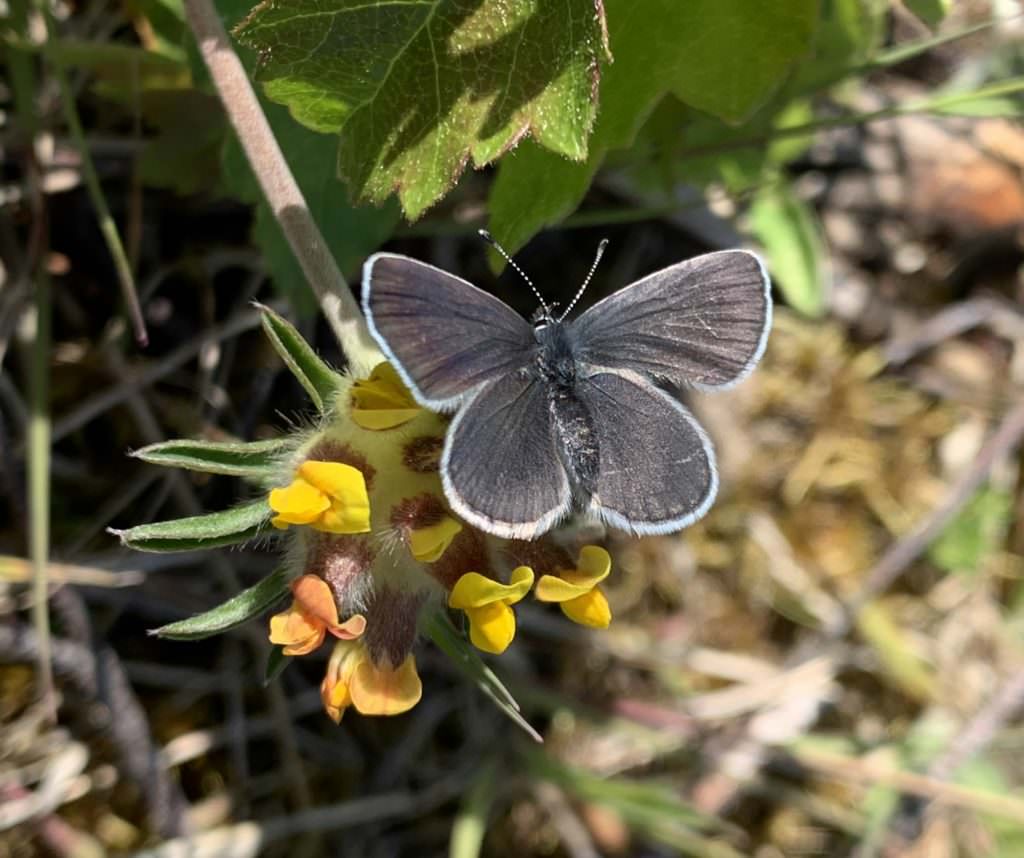
Small Blue © T.Munro
- Grayling (Hipparchia semele) – IUCN Red Listed as Vulnerable. This large and well camouflaged butterfly is associated with Scotland’s coasts but is known to be rapidly declining hence its current conservation status. It requires fine leaved grasses growing in a dry, sandy soil with areas of bare ground or sand.
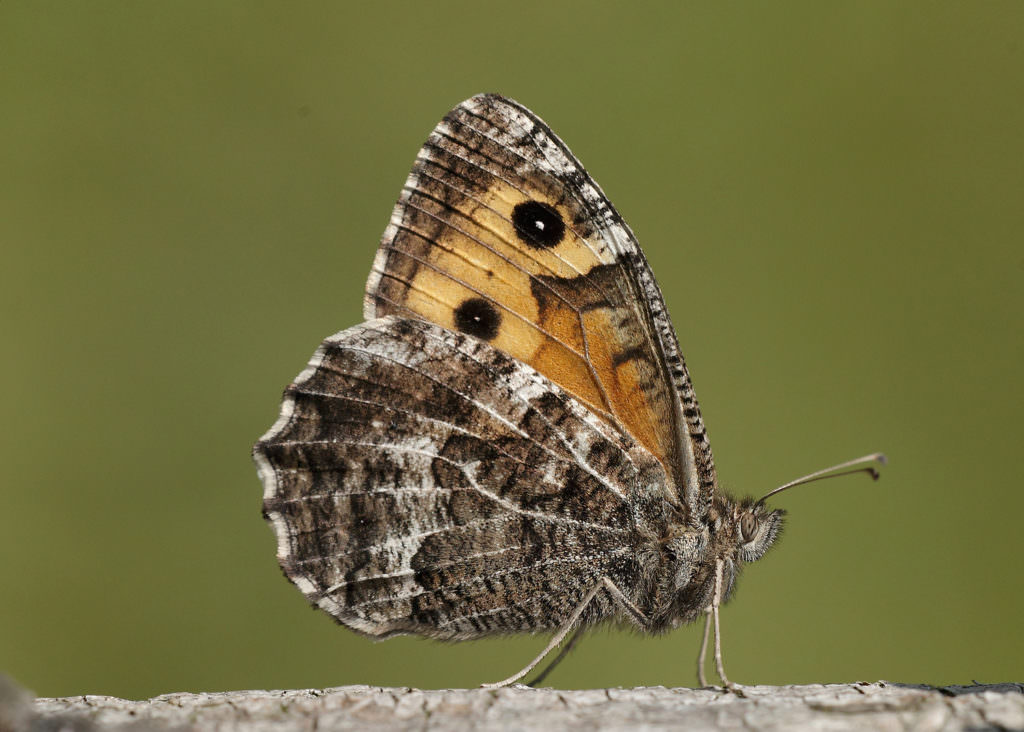
Grayling © Iain Leach
- Dingy Skipper (Erynnis tages) – IUCN Red Listed as Vulnerable. A very scarce butterfly in Scotland mainly known from in and around the Moray Firth with a few inland sites in the Cairngorms and south-west Scotland. This small, far from dingy, butterfly relies on Birds-foot Trefoil growing in an open bare sward.
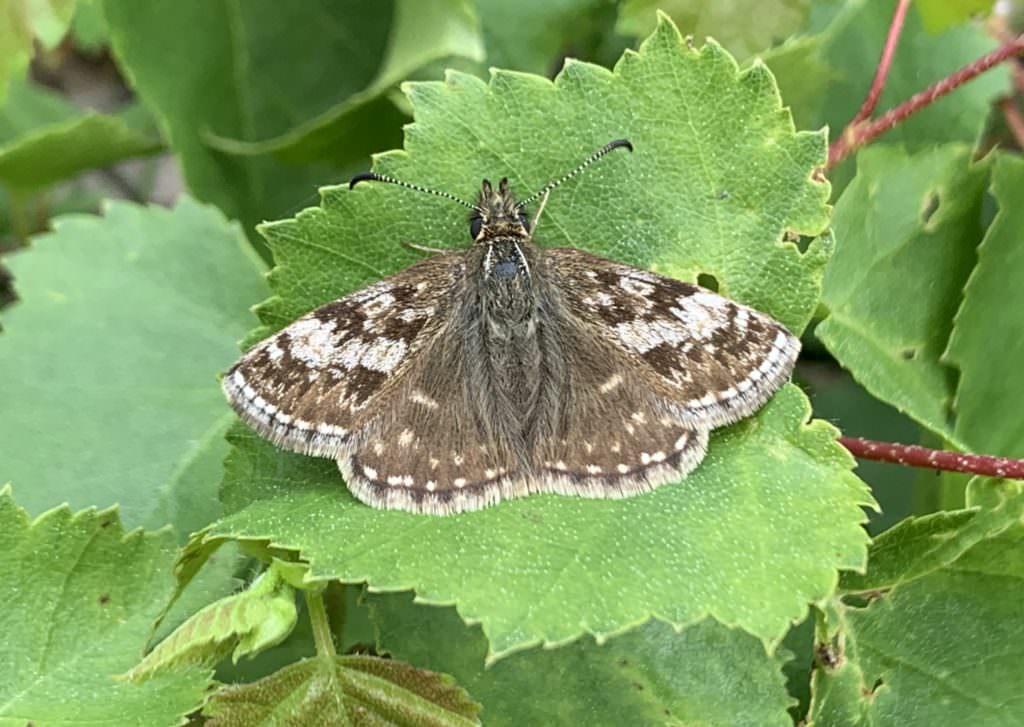
Dingy Skipper © Tracy Munro
- Portland Moth (Actebia praecox) – Nationally Scarce. This beautiful, greenish-brown, distinctive moth is primarily a dune specialist. Its striking orange, black and white stripey caterpillar feeds at night, hiding by day beneath the sand. Believed to have widely declined it is currently only known from a handful of sites in Scotland mostly around the Moray Firth. The caterpillars are known to feed on Creeping Willow.
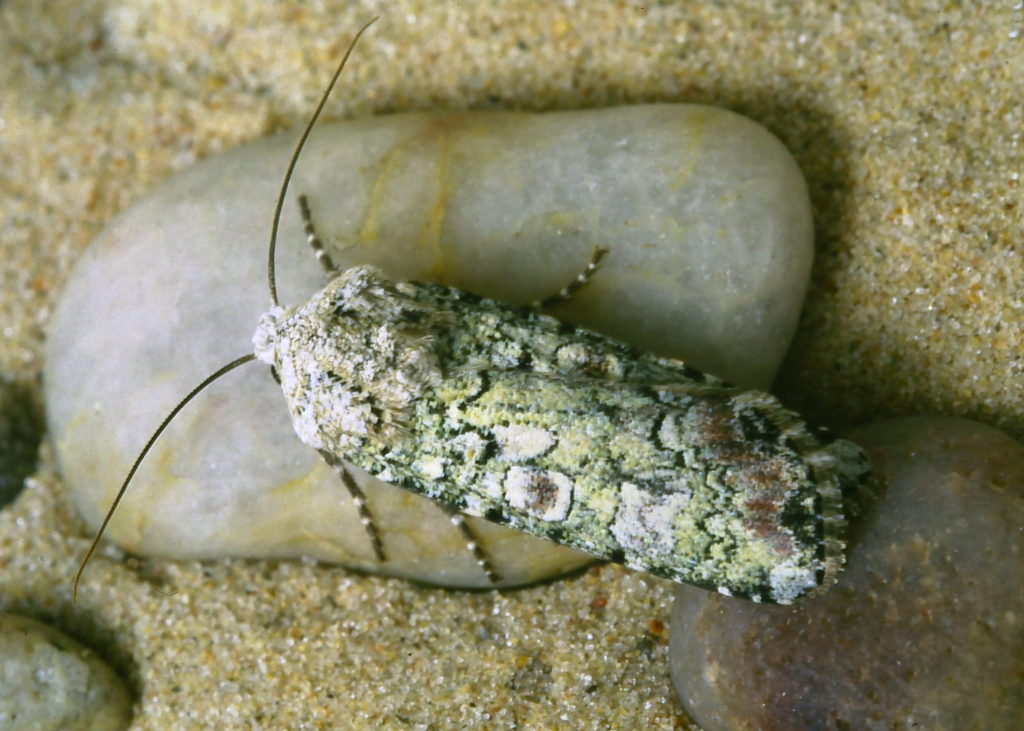
Portland Moth © Roy Leverton
- Black Isle Groundling (Caryocoloum blandelloides) – not formally assessed but qualifies under IUCN guidance as Red Listed Near Threatened. This small micro-moth is only known in the UK from half a dozen sand dune systems in the Moray Firth. The caterpillars feed on Common Mouse-ear, but there seems to be a need for sparse vegetation on sandy unstable substrate.
- Lunar Yellow Underwing (Noctua orbona) – priority species. This moth has widely declined in Scotland and recently there has only been very occasional sightings at a couple of locations along the East Coast. It requires open sandy heath with tussocky grasses, the caterpillar is thought to feed on fine grasses.
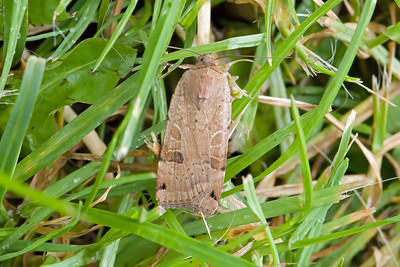
Lunar Yellow Underwing © Nigel Voaden
Why Habitat Management:
In an ideal world we would have naturally dynamic dune systems, which enable a healthy balance between early successional habitats where bare sand and new young plants dominate and those of older habitats where scrub starts to dominate. Both of these stages are valuable on their own right and will support different species of wildlife. The problem on the East Coast is that these older more stabilised dune systems are beginning to dominate the landscape.
While scrub is a natural part of many dune systems the loss of traditional dune disturbance and longer growing seasons have led to increased scrub dominance. This is particularly worrying when it begins to impact on many of our rare and threatened butterflies and moths who rely on not only specific caterpillar food plants but also very niche micro-climates. Scrub also speeds up succession and there reaches a point where dune restoration will become very difficult in part due to the seed bank build up and the stabilisation effect of the scrub.
Scrub Clearance:
- Volunteers – this is something that Butterfly Conservation regularly makes use of for habitat work, running our popular Work Parties volunteers will work to either, clear areas using hand tools, particularly Treepoppers that uproot the gorse out of the ground, or assist in keeping cleared areas open. This method is not suitable for tackling large areas of heavy scrub.
- Tractor and Flail – Flailing using a tractor mounted flail effectively shreds the material and leaves it on site. A flail can be quicker and cheaper than cutting and removing by hand, but the cut material acts as an organic mulch, rotting down and enriching the soil to the detriment of the native fauna. The act of flailing also stimulates regrowth of the cut stump, so the process needs to be regularly repeated. When using a flail, it is best to have the contractor remove as much of the debris as possible.
- Root Pulling – this is usually carried out by an experienced JCB operator, working under Butterfly Conservations direction. This is a great way to take the dunes back to bare soil but can be expensive. It can look very messy initially but long term it shows the most promise as the whole plant is removed, roots and all. The scrub can then be buried in a pit if there is too much of it to remove or burn.
- Burning Debris – most volunteers enjoy a good bonfire, especially as these work parties often take place over the winter months. It is important to have as few burn areas as possible as the debris will rot down into the earth and improve the nutrient levels. It is important to have signage in place and engage with the public to reassure them that the work is being carried out in a careful manner and is required to restore/improve the biodiversity of the area.
- Herbicides – If scrub is to be cut rather than removed by the roots then we would recommend treatment by herbicides. If scrub is well established it is extremely hard to prevent re-growth without the use of chemicals. Several members of Butterfly Conservation staff and key volunteers are trained and hold the relevant qualifications required to carry this out.
- Bare Areas – We also advise that the bare areas created are reseeded with suitable wildflower seeds or plug plants in order to encourage the establishment of suitable vegetation. This provides opportunities to involve the local community with this activity e.g. growing and planting out plug plants of Kidney Vetch to benefit Small Blue. We can also provide advice on planting mixes and the sourcing of seeds.
- Timings – we recommend that all habitat work of this nature is completed out with the bird breeding season, so from October – March.
Gorse and other scrub has its own wildlife benefits as well as providing shelter which can be very important for butterflies and moths, especially in open habitats. Therefore, we like to see some scrub retained on site.
Butterfly Conservation has worked with several landowners on coastal habitat work to date including MoD, SWT, golf courses as well as several private landowners. Alongside Balnagown Estate, we recently made it through to the finals of Scottish Land & Estate Helping It Happen Awards in Edinburgh, for our work to restore habitat for Small Blue and Dingy Skipper. In addition, with landowners’ permission we are happy to be involved in monitoring the effects of the management on the vegetation as well as the priority species. Butterfly Conservation aims to help support landowners and land managers who wish to work at a landscape scale to restore and improve habitat for our priority lepidoptera species. Thus, creating bigger, better and more joined up areas for species to move around in.
We are often able to undertake further surveys to establish a fuller list of lepidoptera from the site and encourage local communities to become involved often by hosting moth trapping events and led butterfly walks.
Getting involved in conservation habitat work is a great way to keep fit, meet like minded people and learn more about the special species which live alongside us.
Report collated and compiled by Tracy Munro,
Butterfly Conservation Scotland Species on the Edge East Coast Project Officer.
January 2024.

Species on the Edge East Coast: Coastal Habitat Management
Management Recommendations to benefit priority Lepidoptera.
Background:
The East Coast is home to some of Scotland’s most beautiful and vulnerable flora and fauna, by working together we can help to protect these fragile species. Many of our East Coast sites are a mix of sandy soil, dunes and associated open vegetation which creates an ideal habitat for a number of threatened species of butterfly and moth. These specialist species all require open sandy habitats with a short sward. However, it is clear that these species and their niche habitats are rapidly disappearing as scrub such as gorse, birch and pine regeneration are steadily invading many of our dune systems, to their detriment.
A few examples of the rare lepidoptera found along our East Coast and thrive on dune systems include:
Small Blue © T.Munro
Grayling © Iain Leach
Dingy Skipper © Tracy Munro
Portland Moth © Roy Leverton
Lunar Yellow Underwing © Nigel Voaden
Why Habitat Management:
In an ideal world we would have naturally dynamic dune systems, which enable a healthy balance between early successional habitats where bare sand and new young plants dominate and those of older habitats where scrub starts to dominate. Both of these stages are valuable on their own right and will support different species of wildlife. The problem on the East Coast is that these older more stabilised dune systems are beginning to dominate the landscape.
While scrub is a natural part of many dune systems the loss of traditional dune disturbance and longer growing seasons have led to increased scrub dominance. This is particularly worrying when it begins to impact on many of our rare and threatened butterflies and moths who rely on not only specific caterpillar food plants but also very niche micro-climates. Scrub also speeds up succession and there reaches a point where dune restoration will become very difficult in part due to the seed bank build up and the stabilisation effect of the scrub.
Scrub Clearance:
Gorse and other scrub has its own wildlife benefits as well as providing shelter which can be very important for butterflies and moths, especially in open habitats. Therefore, we like to see some scrub retained on site.
Butterfly Conservation has worked with several landowners on coastal habitat work to date including MoD, SWT, golf courses as well as several private landowners. Alongside Balnagown Estate, we recently made it through to the finals of Scottish Land & Estate Helping It Happen Awards in Edinburgh, for our work to restore habitat for Small Blue and Dingy Skipper. In addition, with landowners’ permission we are happy to be involved in monitoring the effects of the management on the vegetation as well as the priority species. Butterfly Conservation aims to help support landowners and land managers who wish to work at a landscape scale to restore and improve habitat for our priority lepidoptera species. Thus, creating bigger, better and more joined up areas for species to move around in.
We are often able to undertake further surveys to establish a fuller list of lepidoptera from the site and encourage local communities to become involved often by hosting moth trapping events and led butterfly walks.
Getting involved in conservation habitat work is a great way to keep fit, meet like minded people and learn more about the special species which live alongside us.
Report collated and compiled by Tracy Munro,
Butterfly Conservation Scotland Species on the Edge East Coast Project Officer.
January 2024.